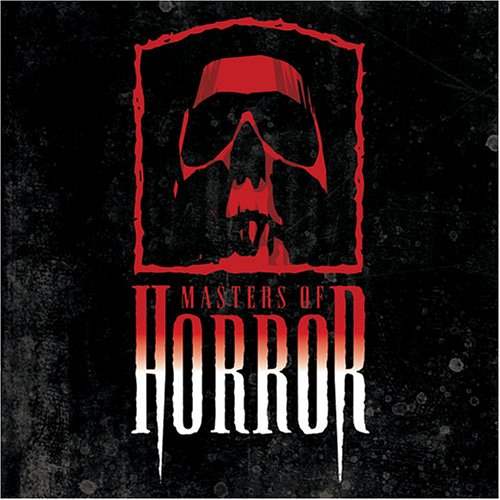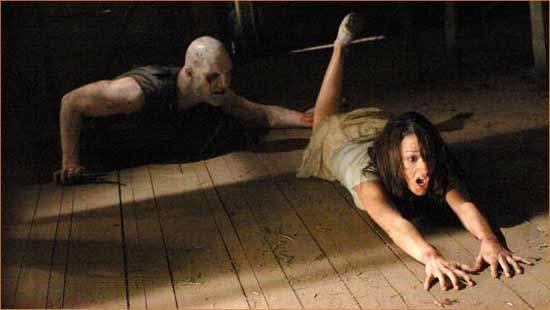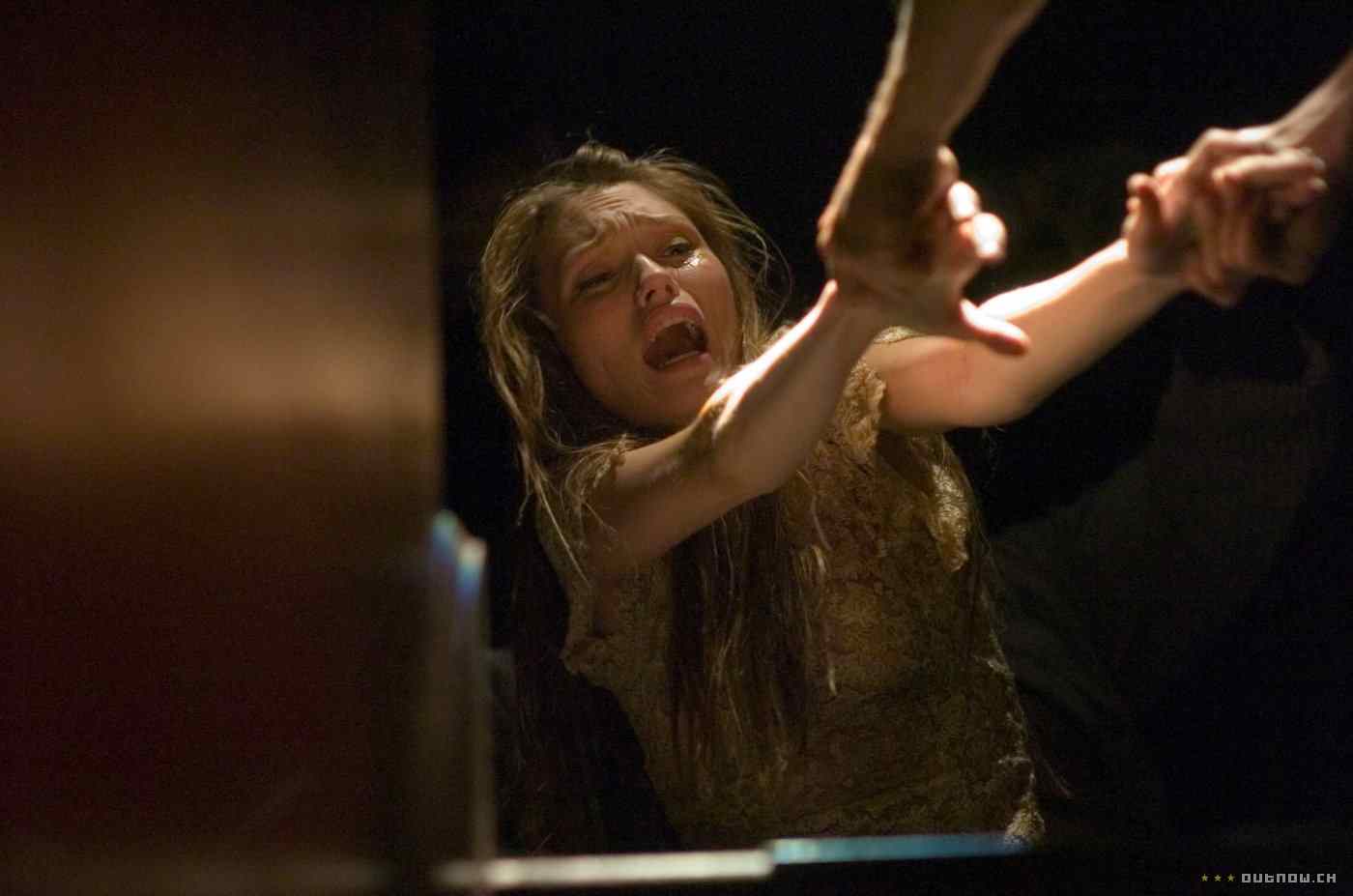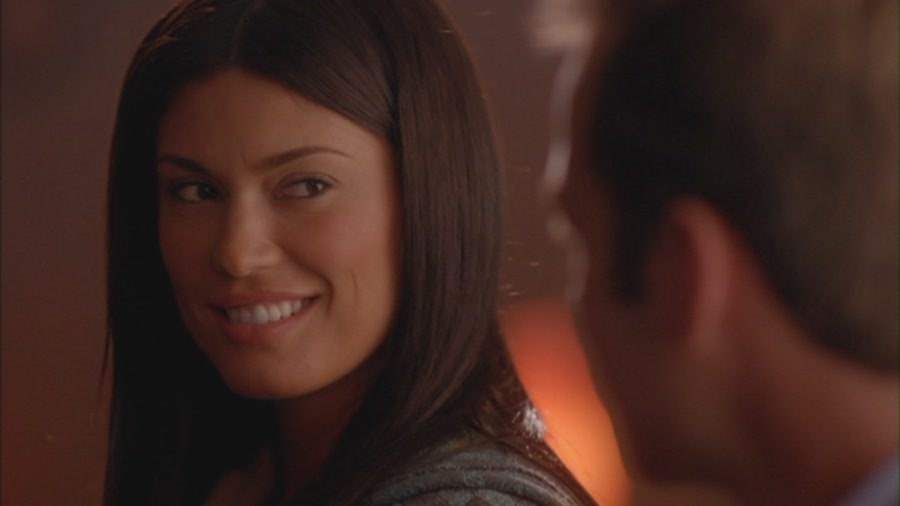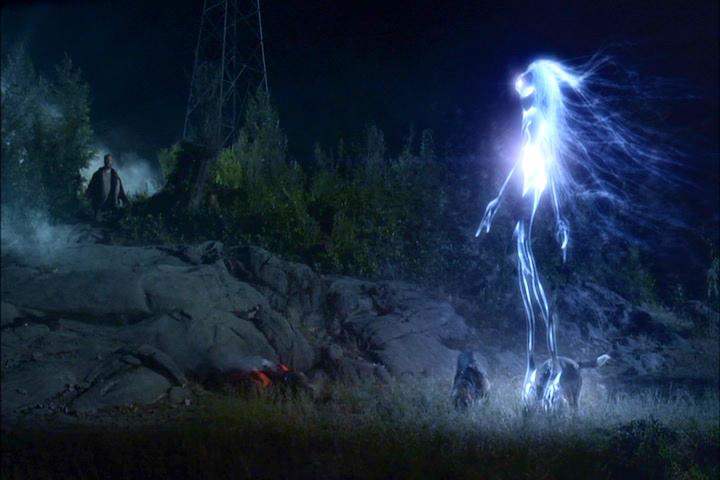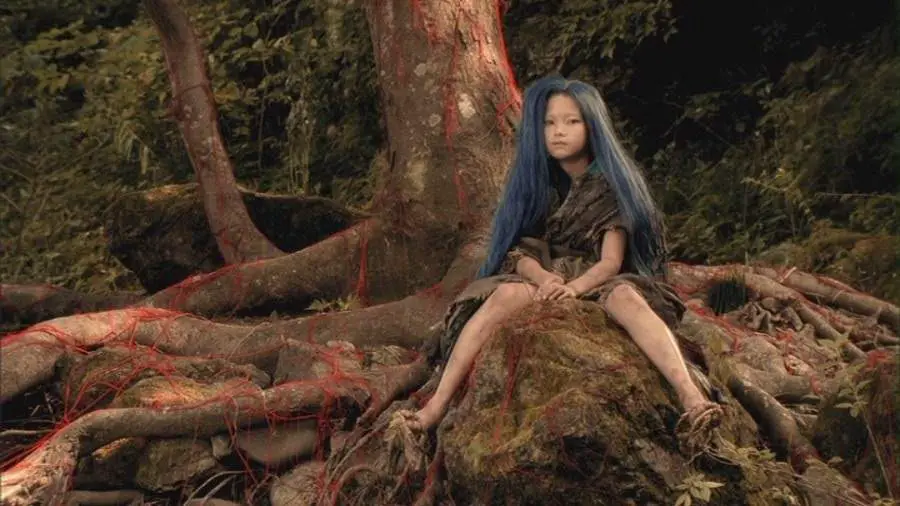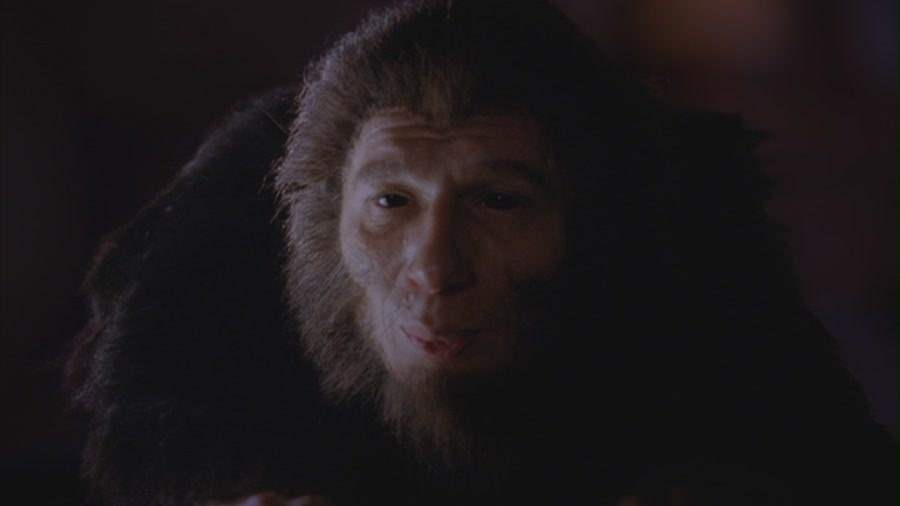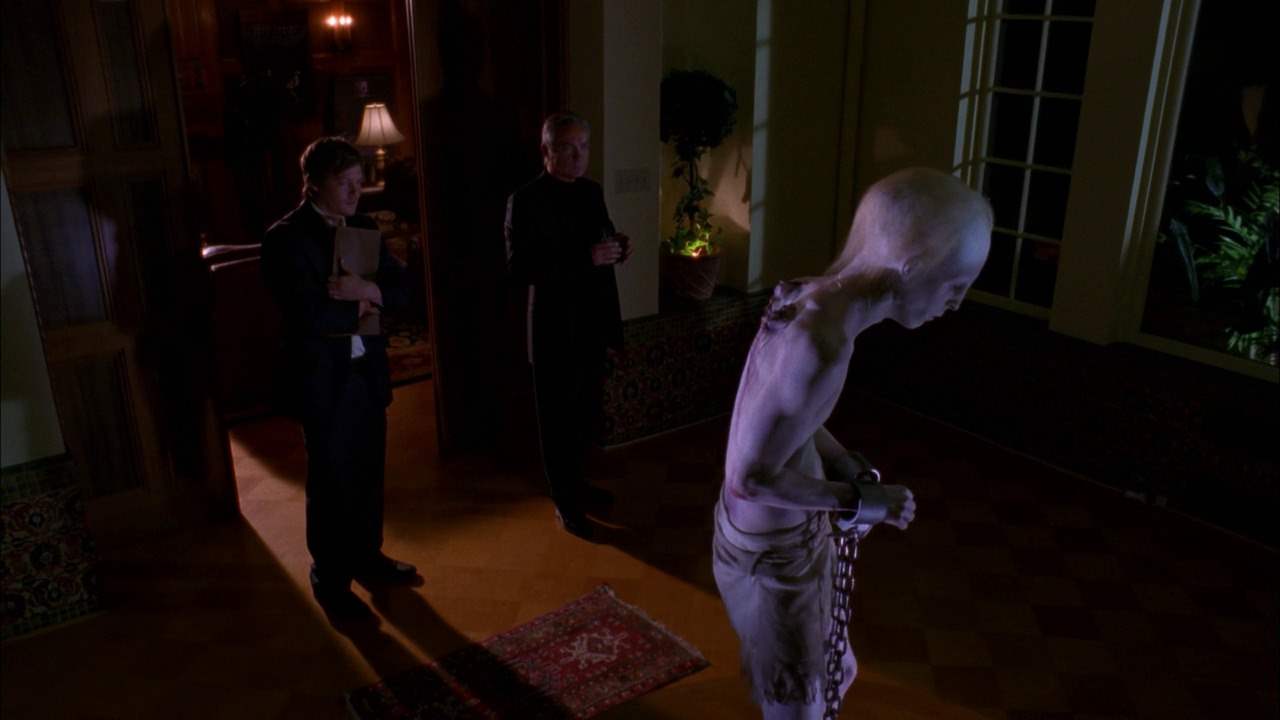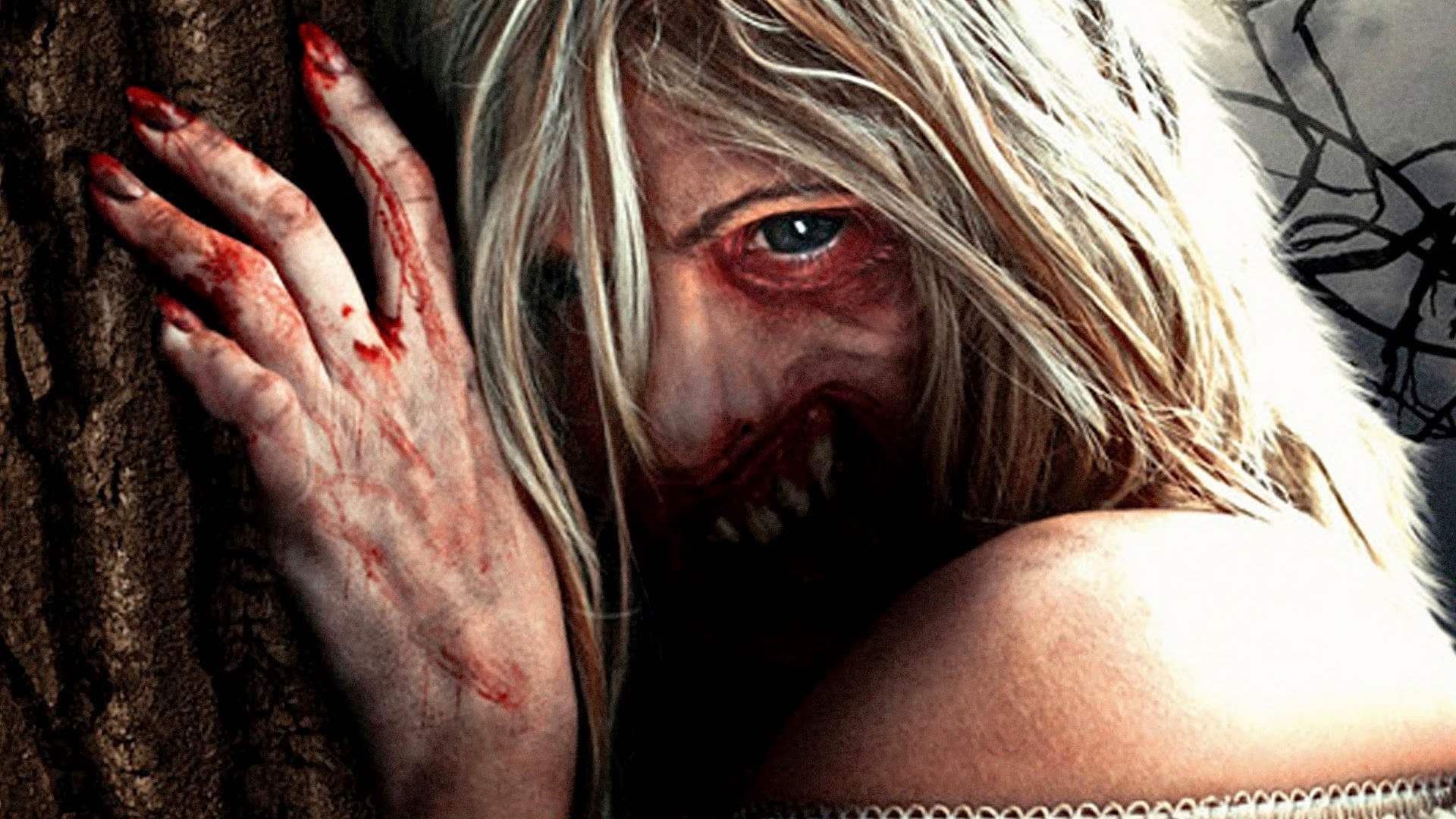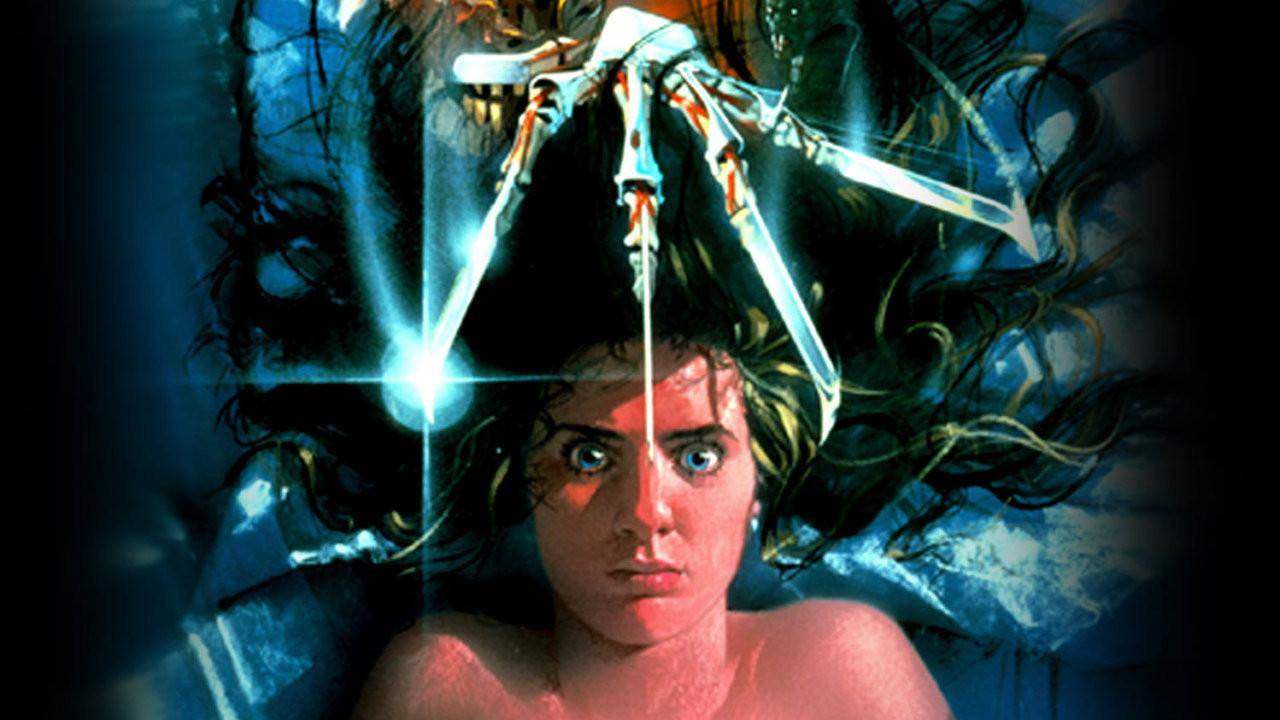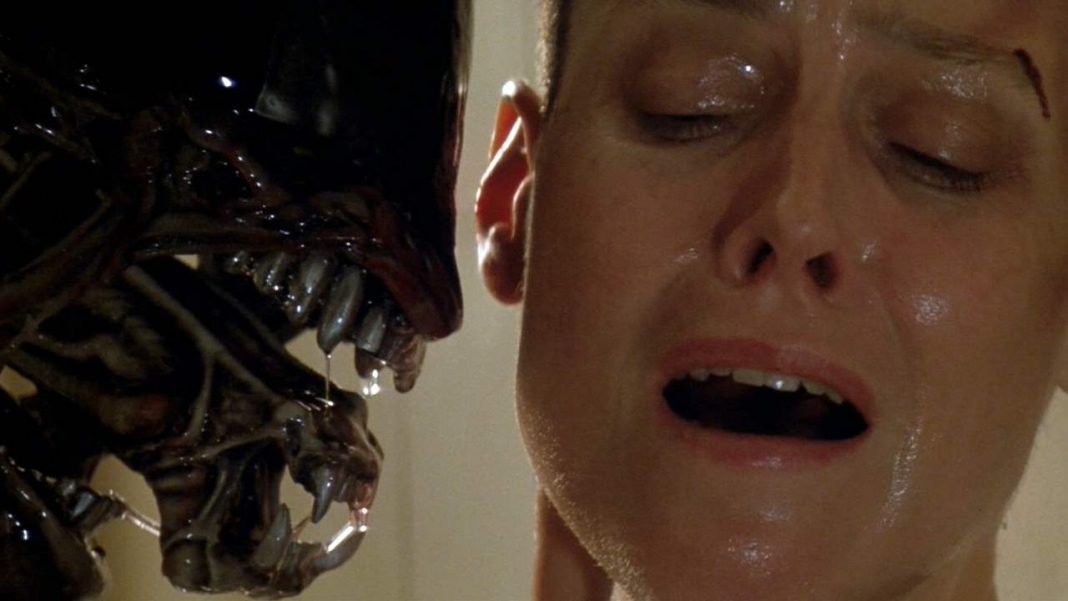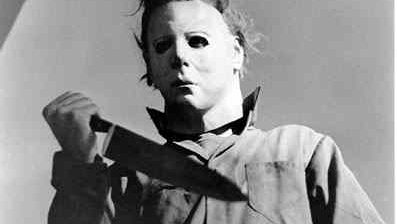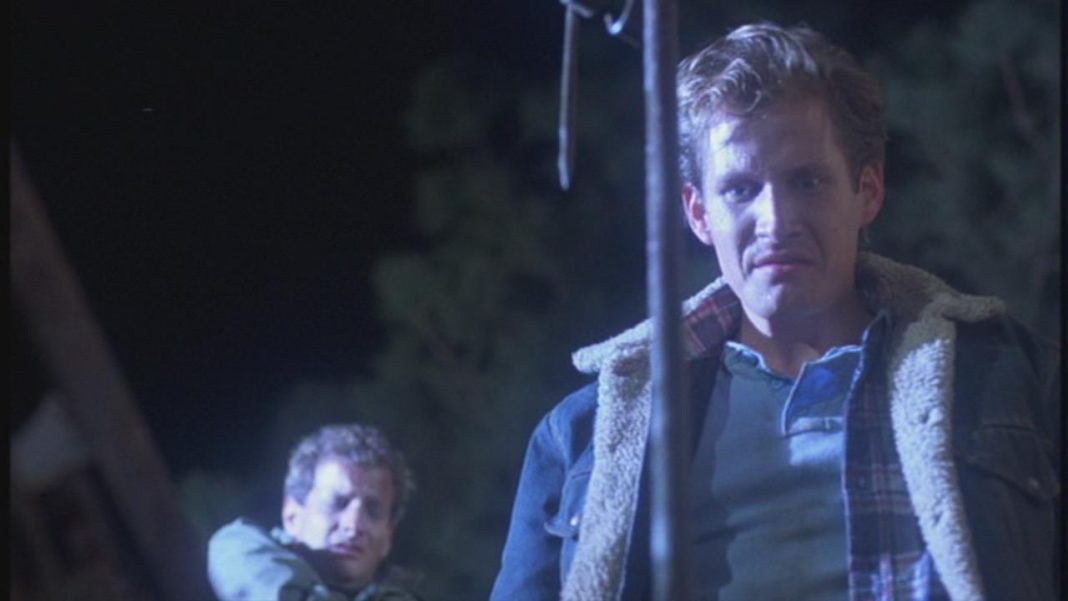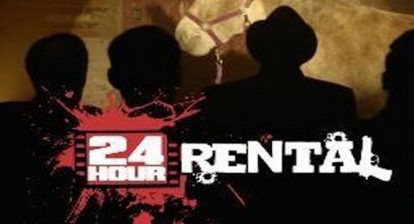The Showtime series Masters of Horror was one of the best anthology series in recent years. Each episode was an hour long, making them very nearly feature-length already. Some are even considered to be, and were it not for the fact that they were part of a television series a lot of episodes could have been successful feature film releases.
The great thing about Masters of Horror was exactly what the name implied. It wasn’t just another anthology, this thing brought together all the heavyweights of the genre. John Carpenter, Dario Argento, Stuart Gordon, John Landis, Don Coscarelli and many more. A lot of these directors had massively successful careers in the 1970’s and ‘80’s. But their Masters of Horror episodes were some of their best work, and in some cases could have been great boosts for them if they had actually been released as feature films. Here are eight episodes that could have stood alone as full length feature films.
Incident On and Off a Mountain Road
Don Coscarelli’s Incident On and Off a Mountain Road is his second adaptation of a Joe Lansdale story, the first being the great Bubba Ho-Tep. It would have been really interesting if Incident had been thirty minutes longer and been marketed as a feature film. It is the polar opposite of the pair’s previous team-up in virtually every way. Whereas Bubba Ho-Tep was light and fun, this is dark and incredibly grim. It’s a straightforward, pull-no-punches horror story that subverts the traditional formula. The flashback technique is superb and builds to a very grim ending for both timelines. I would have loved to see that continue, even if only for a few moments, to go deeper into the characters.
Directed by Mick Garris and written by Clive Barker, Valerie on the Stairs has a terrific concept. Even on its own, it’s one of the best Barker adaptations. It tells the story of an apartment building that is sort of a commune for unpublished writers, with its own unique kind of ghosts. It brings up extremely intriguing questions of reality vs. imagination and exactly what defines traditional reality. In a place where made up things take on a life of their own, how can you be sure who is real and who isn’t? While it makes great use of its limited TV budget, a little more money and a longer runtime could have really made it stand out as a feature.
John Landis’ Deer Woman is absurd. It’s ridiculous. It might even be a little bit stupid, but at the same time it is one of the very best episodes of the series. This installment centers on the Native American myth of the deer woman, who looks like a beautiful woman but has the legs of a deer and tramples men to death after seducing them. It’s an idiotic concept. But that’s exactly how Landis makes the most of it. Like An American Werewolf in London, it’s not realistic, but it is treated realistically. It winds up exploring a pretty interesting question: How could you possibly take this situation seriously if it was actually happening?
Best known for movies like Gremlins, The Howling and The ‘Burbs, Joe Dante is highly regarded for his comedic style. No matter what genre he’s working in, it’s infused with comedy. The Screwfly Solution is a completely different thing from the director’s other work. It’s the darkest thing he’s ever done. The story is in some ways reminiscent of a zombie film. But the difference lies in the virus. It does not make people crave human flesh but it does not reanimate the dead. It’s in some ways simpler and altogether more terrifying: It makes men kill women. Men develop a hate, or it unleashes a hate deep inside of them, and they act on it. Screwfly Solution is a brutal look at misogyny and really could have been a noteworthy feature had it been released as one.
Masters of Horror took advantage of being on Showtime, constantly pushing the boundaries from week to week. The filmmakers were encouraged to do whatever they wanted, because they could get away with anything. It resulted in a gory and often disturbing show. Of the entire series, Takashi Miike’s Imprint is the one episode that Showtime simply refused to air. Which means it’s just about as disturbing as one can conceive. It’s not as gag-inducing as The Human Centipede or A Serbian Film, but that only makes it more uncomfortable. It stops just short of simply going for the gross-out factor, where you can’t take it seriously.
It’s incredibly hard to make a good H.P. Lovecraft adaptation. But if anyone can do it, it’s Stuart Gordon, as he’s directed just about every great Lovecraft adaptation there is. Re-Animator, From Beyond, and Dagon are all directed by the great Stuart Gordon (read our interview with him here). The Dreams in the Witch House is no different. In some ways, it’s almost as boundary-pushing as Re-Animator was. There are some truly shocking sequences here. Had it been released as a feature film, it might have helped resurrect Gordon as a familiar name to cult horror fans. It still fits in nicely with Re-Animator and From Beyond, but, unfortunately, it didn’t bring either its director or Lovecraft back to the forefront of the genre. Instead, Gordon has returned to his roots in the theatre with plays like Re-Animator: The Musical and Nevermore.
John Carpenter’s Cigarette Burns just might be the best out of the entire series. It has compelling performances from Norman Reedus and Udo Kier and is about the inherent power of film and the effect it might have on the viewer. It’s about a film collector who hires a man to track down the rarest piece in the world, La Fin Absolue Du Monde, a French horror picture that was shown only once and drove the entire theater to insanity and murder. Obviously, they need to see it. There’s a great throwback here to the way horror used to be marketed, with things like Cannibal Holocaust and Make Them Die Slowly being considered so horrific and disturbing that they would somehow change the viewer. Yet it seriously examines the power and impact a single piece of art can have.
Jenifer could have saved Dario Argento’s career. No master of horror has fallen as hard as Argento. Carpenter’s recent work may not be as great as his old stuff, nor Romero’s, but the things they’ve been making in recent years are not terrible. They haven’t lost every ounce of their talent, after all, and even when they’re going at half their potential, they’re still among the best. That should be Argento, but it’s not. He makes movies in a country with a dead economy and no film business and has refused to adapt with the changes of the times. Dracula 3D is one of the worst in recent years, and it’s hard to believe that it comes from one of the best horror directors of all time. Yet Jenifer, Argento’s season one episode of Masters of Horror, is considered one of the very best of the series. It’s a disturbing, strong, visually appealing production that harkens back to everything Argento excelled at when he was in his prime. Even if it was not released or marketed as a feature, even if it needed a few extra minutes to truly be declared movie-length, it’s one that I strongly suggest everyone check out.
